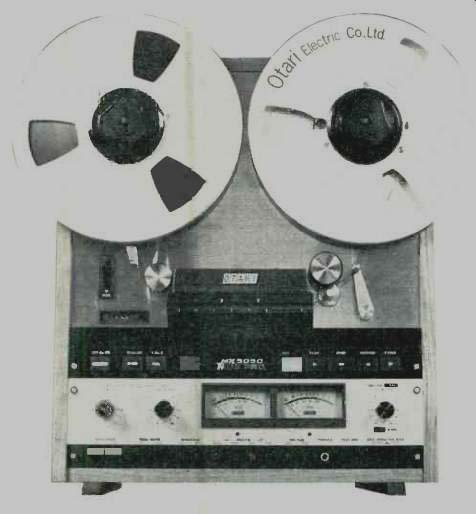
MANUFACTURER'S SPECIFICATIONS
Speeds: 7 1/2 and 15 ips. Red sizes: 5, 7 or 10.5inches.
Heads: 1/2 track erase, 1/4 playback, 1/2 record, 1/2 playback.
Motors: Three.
Wow and Flutter: Less than 0.05% (NAB)
Frequency Response: 15 ips, 35 Hz to 22 kHz ±2 dB; 7 1/2 ips, 30 Hz to 18 kHz ±2 dB.
Distortion: Less than 1% at 1 kHz at 200 n W/m.
Output: +4 or-10 dBm. input: -15 dBm line, -70 dBm microphone.
Crosstalk: Greater than 55 dB. Signal/Noise: 62 dB (unweighted).
Dimensions: 21 1/2 in. W by 21 in. H by 17 in. W (with 10 1/2 inch reels), portable case.
Price: $1450.00

Fig. 1--View of heads from bottom of deck.

Fig. 2--Interior view.
The Otari MX-5050 is described by the maker as a professional recorder-which needs a few words of explanation.
During the past three or four years, O-R recorders have steadily improved, not only in terms of basic performance but in regard to such features as user variable bias, sound on-sound, fast acting VU meters, syncing, and so on. Indeed, you can bet your last reel of tape that any open-reel recorder priced at over $500 will lay claim to the word "professional" somewhere along the line! But there are differences-mainly in the number and range of adjustments and editing facilities, so let's take a look at the Otari controls.
On the left, just below the reel, is a black lever switch marked cue. If this is depressed, the automatic tape lifters are inoperative so the tape remains in contact with the heads during the rewind and fast-forward modes and an audio signal can be heard. The function of the tape lifters is primarily to reduce headwear but judicious use of the cue control can be a great help when editing. The lever also works a level control, thus preventing possible overload of the monitor amplifiers or headphones. Under the cue switch is a digital counter and four push-buttons labeled on/off, speed, reel and edit. The speed control selects 7 1/2 or 15 ips modes, and the reel control is pushed in to adjust the tape tension to suit the large 10 1/2-in. reels. The last button in the group, marked edit, deactivates the tape tension lever and take-up motor so the tape is released for editing. It also enables the tape reels to be rocked back and forth to find a particular spot or section.
On the right-hand side is a row of five push-buttons for record, play, stop, rewind and fast-forward, and under those is a dual concentric control for output level. A small slide switch is located nearby; its function is to adjust the output level to a Standard Reference Level (SRL) which in this case is +4 dBm (4 dB above 1 milliwatt at 600 Ohms). Back on the left-hand side, there are two dual concentric input controls for line and microphone, and then at the bottom on a black panel are a number of controls. First comes a pair of red push buttons for record, and then there are two labeled Sel/Rep. This refers to Selective Reproduction, and it is a multi-sync arrangement that permits a new track to be added in synchronization to previously recorded tracks. This is accomplished by switching the recording heads to a playback mode so a performer can listen to the previously recorded material on earphones while he or she records a new track. Next to the Sel/Rep button is a series of eight preset adjustments for bias, equalization (both 7 1/2 and 15 ips), and reference level calibration. A headphone socket is next, and finally there are three push buttons, one to activate the built-in 1-kHz generator and two for monitoring the signal source or direct from the tape.
Straight-line tape threading is used, and a switch is mounted on the top of the head cover to select quarter- or half-track playback heads. A built-in splicing block is an unusual but very handy feature, and the perpendicular cut is accurately aligned with the gap on the playback head, another smart piece of design work. As in most professional recorders, the pinch roller is on the oxide side of the tape so the hard metal of the capstan cannot cause wear.
Three motors are employed, a hysteresis type for the capstan drive and two motors for the reels. The tape transport mechanism is fully electronically controlled, using 15 transistors in a motion sensing circuit so there is no danger of tape breaking or stretching. In fact, you can go directly into the play mode from either fast-forward or rewind without waiting for a logic circuit to function! All input and output connections (apart from the headphone jack) are at the rear, with heavy-duty XLR sockets for line and standard quarter inch jacks for the microphone. Also at the rear is a remote control socket, a fuse, and a switch to select either a +4 dBm, 600-Ohm output or a lower one at -10 dBm.
Measurements
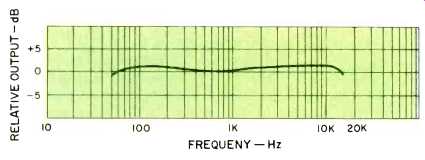
Fig. 3-Frequency response from Ampex Standard Test Tape.
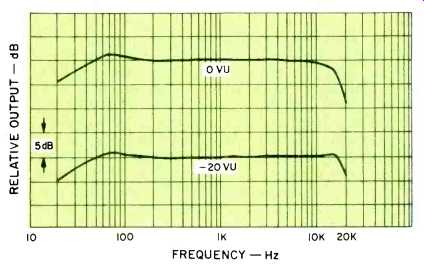
Fig. 4-Record-replay response at 71/2 ips.
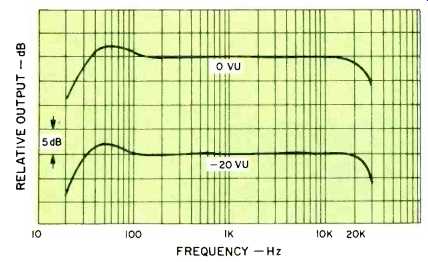
Fig. 5-Record-replay response at 15 ips.
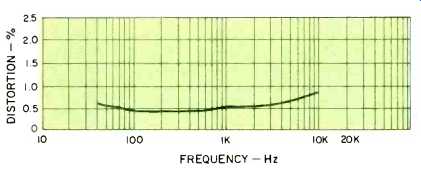
Fig. 6-Frequency versus distortion at 0 VU.

Fig. 7-THD versus meter level at kHz.
The first measurement was the playback response using a NAB type Ampex Standard 7.5-ips Test Tape, and the results are shown in Fig. 3. Then, record-playback measurements were taken at 0 VU and-20 VU using Maxell UD-35 tape at 7 1/2 ips, adjusting the bias/eq for optimum results. It will be seen in Fig. 4 that the upper-3-dB point is about 18.5 kHz, with a slight attenuation from 10 kHz at 0 VU. The response at 15 ips is shown in Fig. 5, and here the -3-dB point has moved up to an impressive 28 kHz with very little significant loss at 0 VU. Next, the measurements were repeated with the new TDK "Audua" tape, again adjusting the bias/eq for best results. As was expected, the differences were negligible and so the curves are not shown.
The frequency versus distortion characteristics can be seen in Fig. 6, and the THD at 1 kHz is shown in Fig. 7. The 3% distortion level was not reached until the input level was increased to nearly +9 VU! Taking the tape saturation characteristics into account, it is apparent that the headroom of the 5050 is very satisfactory indeed. Signal-to-noise ratio (ANSI "A" weighted) referred to 0 VU was -6 dB or -75 dB at the 3% distortion figure still used by some manufacturers.
Wow and flutter (DIN weighting) came out at 0.07% for 7 1/2 ips and 0.06% at 15 ips--also very creditable. The maximum output level was 2.95 volts with an 0 VU input signal which measured 150 millivolts for the line and 300 microvolts at the microphone jack. Maximum noise increase at the microphone input would be 8 dB, although in practice, with the input control turned down slightly, it would be of the order of 4 to 5 dB. Crosstalk was -58 dB, and erase efficiency better than -60 dB.
Use and Listening Tests
The 5050 is no lightweight, as it turns the scales at over 50 lbs., so make sure your mounting shelf is strong enough! The machine can be used in the horizontal or vertical position, the latter being more convenient for editing. I personally like to mount such recorders at an angled position-which does use up a lot of space! As indicated by the impressive array of features, plus the above test figures, the 5050 is obviously a well-designed and quite versatile recorder. The controls, particularly the motion-sensing tape transport, worked smoothly and with precision. The Selective Reproduce or track syncing feature proved to be remarkably easy to use, though the number of tracks is limited. The recorder was primarily designed for studio or location use by professionals, but I am sure many dedicated enthusiasts will invest in one but they should be warned: the instruction manual is written for engineers. For example, as noted previously, signals are described in terms of dBm instead of voltages. Bias adjustments are simple enough to make but equalizing changes are not-those controls should be left to the advanced recordist. I must add that a variety of options are available to suit individual needs; these include d.c. servo capstan with variable speed, balanced inputs, EIA, IEC, or CCIR equalization, and a choice of head configurations, portable road case, and remote control box.
-George W. Tillett
-----------
(Audio magazine, Apr. 1976)
Also see:
Pioneer RT-707 open-reel tape recorder (ad, Jan. 1978)
= = = =